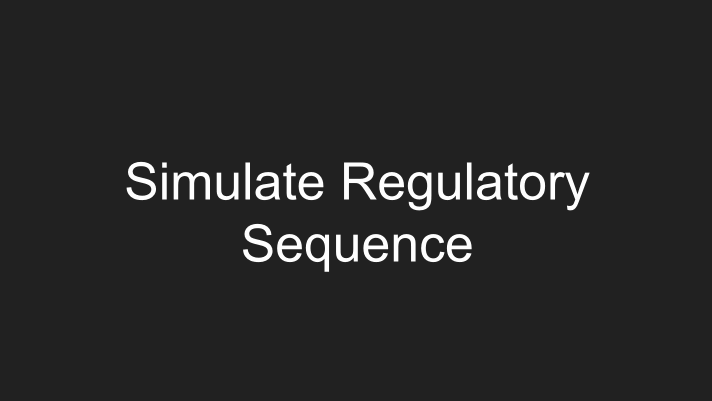The dragonn package implements Deep RegulAtory GenOmic Neural Networks (DragoNNs) for predictive modeling of regulatory genomics, nucleotide-resolution feature discovery, and simulations for systematic development and benchmarking.
To install the latest released version of DragoNN, install the Anaconda python distribution. Then, run:
conda install dragonn -c kundajelab
DragoNN is compatible with Python2 and Python3. Specific optional features such as DeepLIFT and MOE are compatible with Python2 only.
The dragonn package provides a simple command line interface to train DragoNN models, test them, and predict on sequence data. Train an example model by running:
dragonn train --pos-sequences examples/example_pos_sequences.fa --neg-sequences examples/example_neg_sequences.fa --prefix training_example
This will store a model file, training_example.model.json, with the model architecture and a weights file, training_example.weights.hd5, with the parameters of the trained model. Test the model by running:
dragonn test --pos-sequences examples/example_pos_sequences.fa --neg-sequences examples/example_neg_sequences.fa --arch-file training_example.arch.json --weights-file training_example.weights.hd5
This will print the model's test performance metrics. Model predictions on sequence data can be obtained by running:
dragonn predict --sequences examples/example_pos_sequences.fa --arch-file training_example.arch.json --weights-file training_example.weights.hd5 --output-file example_predictions.txt
This will store the model predictions for sequences in example_pos_sequences.fa in the output file example_predictions.txt. Interpret sequence data with a dragonn model by running:
dragonn interpret --sequences examples/example_pos_sequences.fa --arch-file training_example.arch.json --weights-file training_example.weights.hd5 --prefix example_interpretation
This will write the most important subsequence in each input sequence along with its location in the input sequence in the file example_interpretation.task_0.important_sequences.txt. Note: by default, only examples with predicted positive class probability >0.5 are interpreted. Examples below this thershold yield important subsequence of Ns with location -1. This default can be changed with the flag --pos-thershold.
We encourage DragoNN users to share models in the Model Zoo. Enjoy!
We provide trained models, data, and code in paper_supplement to reproduce results in the DragoNN manuscript.
To reproduce the plots with model performance on simulations for varying data size and model architectures, run:
python paper_supplement/simulation_performance_results.py --model-files-dir paper_supplement/simulation_models/ --data-files-dir paper_supplement/simulation_data/ --results-dir paper_supplement/simulation_results
This script will save pdf files with the performance plots in paper_supplement/simulation_results.
See our roadmap for an outline of upcoming features. Additional feature suggestions are always welcome!

